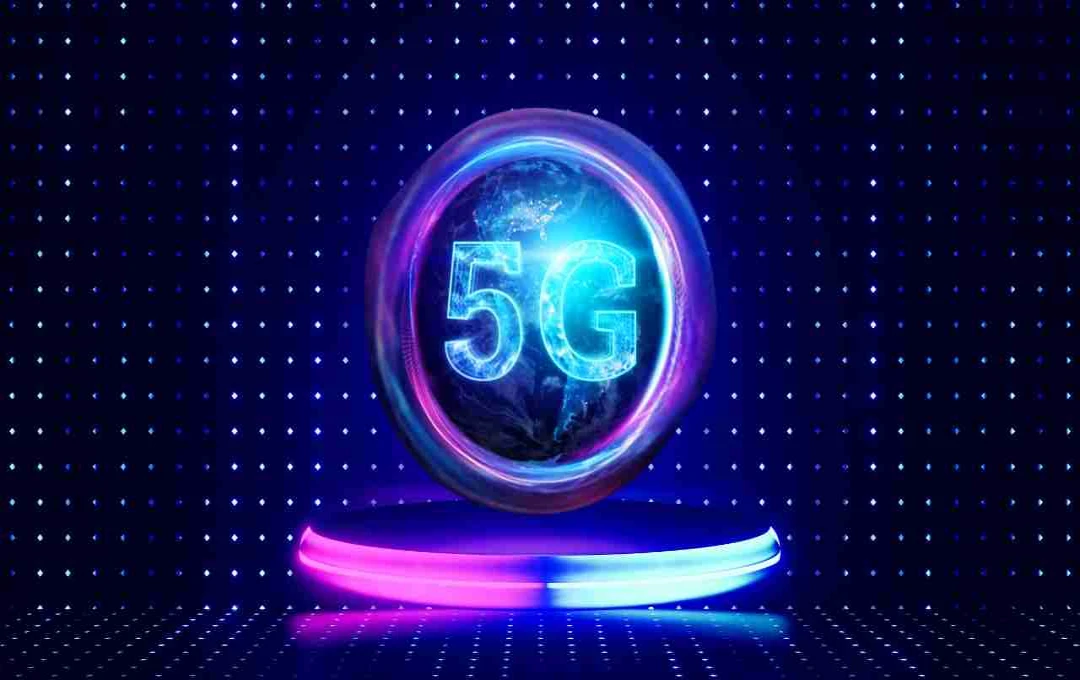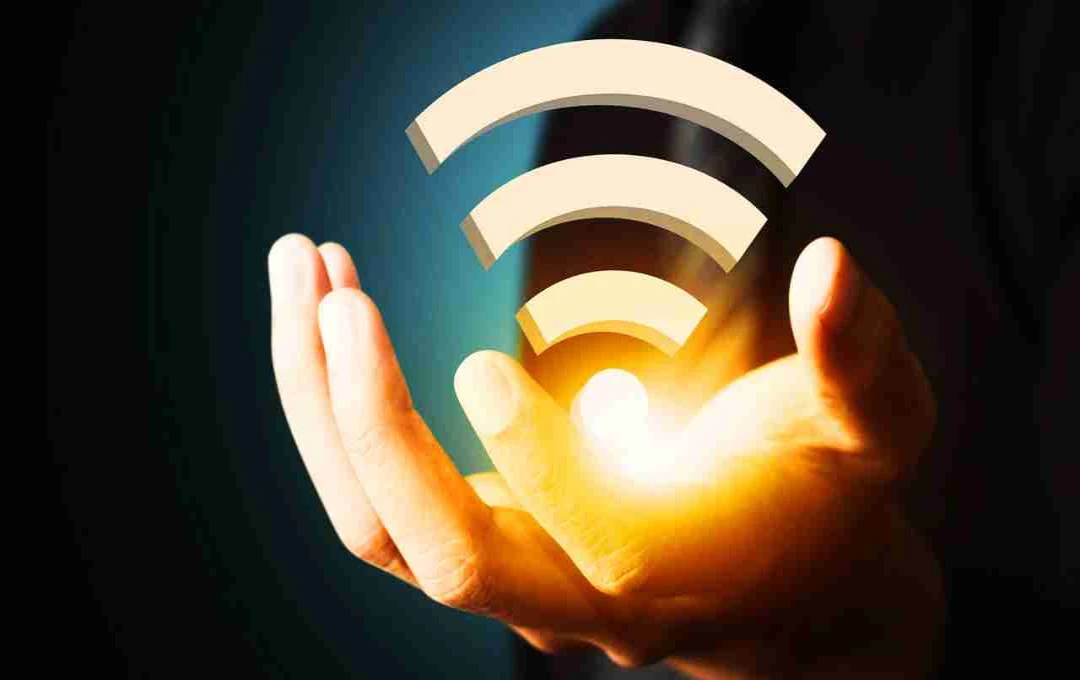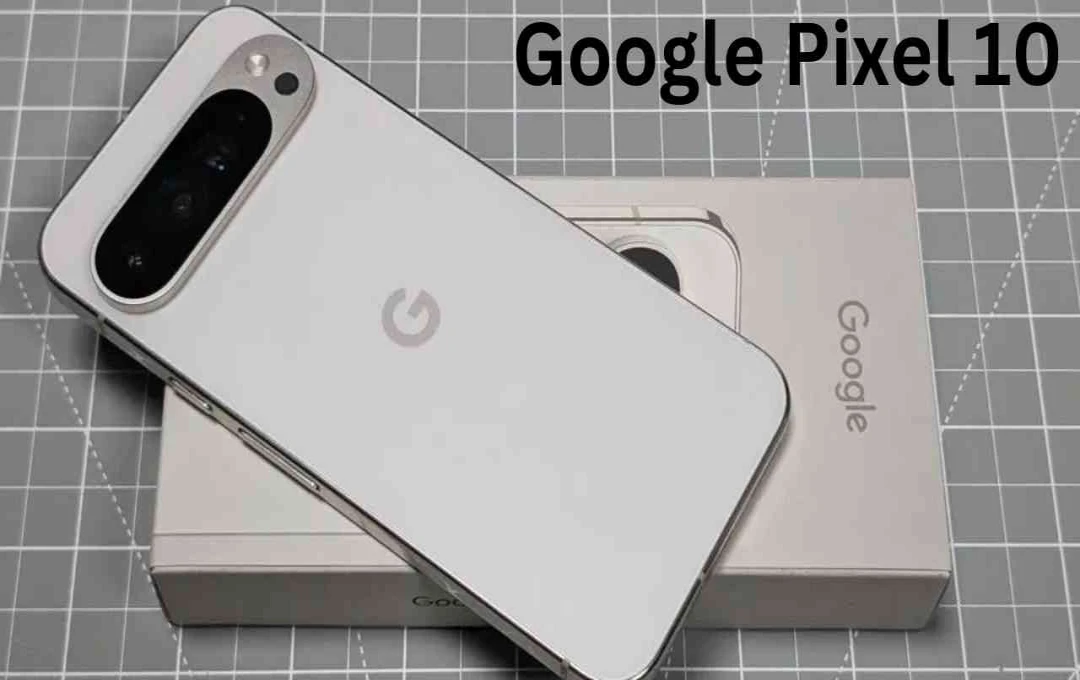Since the introduction of 5G technology in India and globally, its benefits have been widely discussed, but so have its associated risks. Social media and certain rumor-mongering platforms have claimed that 5G network waves are not only lethal to birds but also potentially harmful to humans. Such claims have instilled fear, creating uncertainty surrounding the technology. However, recent scientific research has dispelled these misconceptions.
5G and the Human Body: Is There a Real Threat?
5G, or fifth-generation network, is a new internet technology capable of transferring data at incredibly high speeds with minimal interruption. However, since its arrival, concerns have persisted regarding its radio waves and their potential harm to the human body, particularly skin cells. Many feared that this radiation could penetrate the body, affecting DNA or genes, leading to adverse health effects.
To address these concerns, scientists at the University of Konstanz in Germany conducted extensive research. In this study, they exposed human skin cells to high-frequency 5G radio waves. The results were reassuring; the waves showed no impact on DNA or gene activity. This clearly indicates that under normal conditions, 5G technology is not harmful to the human body.
How Was the Research Conducted?

The research focused on two major human skin cells—keratinocytes and fibroblasts. These cells were exposed to high-frequency 5G waves at 27 GHz and 40.5 GHz for 2 to 48 hours. The aim was to determine if short-term or long-term exposure affected the cells.
The research team specifically monitored the cells' DNA and gene activity. They sought to determine if 5G signal waves could damage or alter the body's genetic structure.
Results: No Impact on DNA
The research results are encouraging. Scientists found that exposing skin cells to high-frequency 5G waves caused no DNA damage. Specifically, no changes were observed in DNA methylation, which regulates gene function.
In simple terms, human cells remained completely safe from 5G radiation. Neither gene structure nor cell function was affected. This means 5G technology does not cause any genetic harm to humans.
Temperature Effects: The Only Caveat
Scientists noted that excessive heat generated by 5G waves could be harmful. However, this research maintained strict temperature control to prevent overheating. Therefore, as long as there is no significant increase in body temperature, 5G waves are safe.

This means that if your phone or network doesn't overheat excessively, you don't need to fear 5G. Under normal circumstances, 5G technology is perfectly safe for humans and poses no threat.
Scientific Significance and Publication of the Research
This research was published in PNAS Nexus, a prestigious scientific journal recognized globally for its rigor and reliability. This journal only publishes thoroughly investigated and transparent research. Therefore, the study's accuracy and credibility are highly valued. The clarity of the methods and results used further enhances its trustworthiness.
Now that scientists have proven that 5G technology does not harm the human body, disseminating this information to the public is crucial. This can reduce the fear and misconceptions surrounding 5G. Educating people with accurate facts will allow them to use the new technology without anxiety and reap its benefits. In this way, scientific discoveries can prove safe and beneficial for society.
The End of 5G Rumors?

Many rumors have circulated about 5G, such as causing bird deaths, spreading cancer, or negatively impacting children's health. However, none of these claims have a solid scientific basis. Recent German research has definitively refuted these rumors. The study clearly demonstrates that 5G networks are completely safe for humans under normal and controlled conditions and pose no health risks. It's now essential to understand that fears and misconceptions about 5G are unfounded.
5G in India and the Need for Awareness
5G network services have launched in India, generating significant excitement. However, some areas still harbor fear and misconceptions about 5G, especially in rural regions and areas with limited technological literacy. People in these areas believe that 5G tower waves may be harmful to health or spread diseases. The government and tech companies have a responsibility to dispel such rumors and provide accurate information. It is essential to use scientific research evidence to convince people that 5G is a completely safe technology and poses no harm. This will not only increase public trust but also ensure that the benefits of 5G are fully realized.
The most important message from this research is that new technologies should be understood, not feared. 5G networks are revolutionizing the internet and making our lives smarter, faster, and more convenient. If it posed a significant health risk, organizations like scientists and the World Health Organization would never have approved it.














